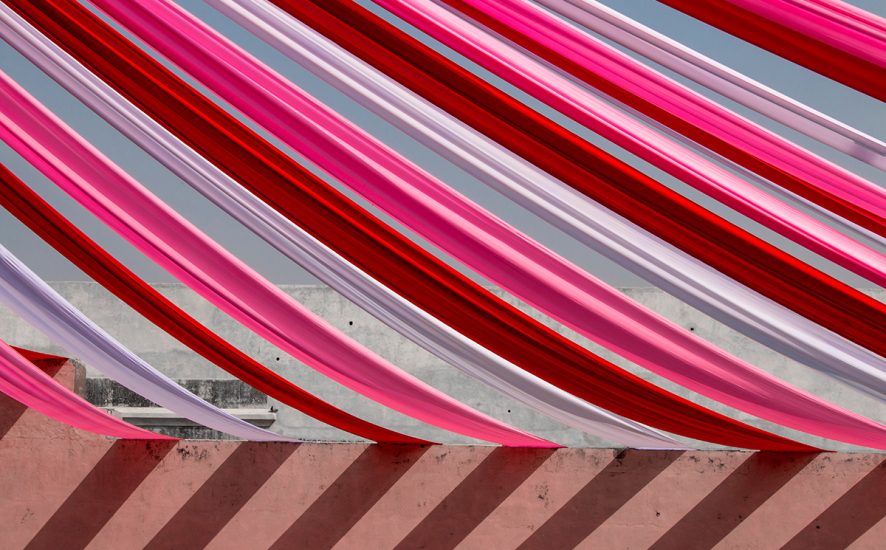There are so many different types of fabric out there. In fact, Contrado prints on more than 100 textiles. We make each and every fabric differently because each fabric is different. Keeping track of all of these fabrics can be puzzling at best, especially when one fabric fits into more than one category. That’s why we’ve created our A-Z fabric guide (well, A to W, technically) with descriptions to help you figure it all out.
Your A-Z Guide
Aida
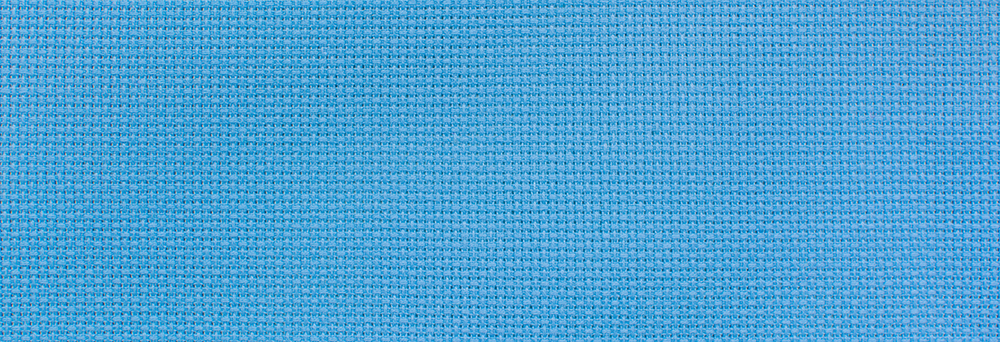
Aida is woven. A material which we use for tapestries. We use this type of canvas, most commonly, as a base for needlework. It is usually a flexible, open-weave canvas.
Blackout
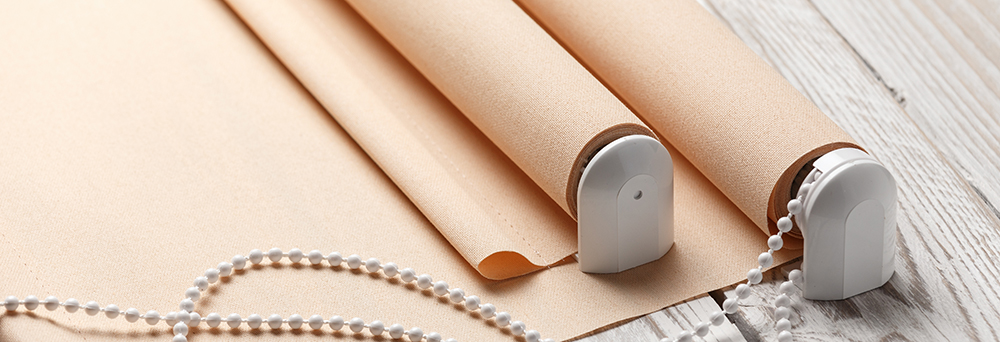
This is a loose term for a range of fabrics that block out light to varying degrees. Often used as window treatments, they’re opaque and most frequently have a stiff handle.
Canvas
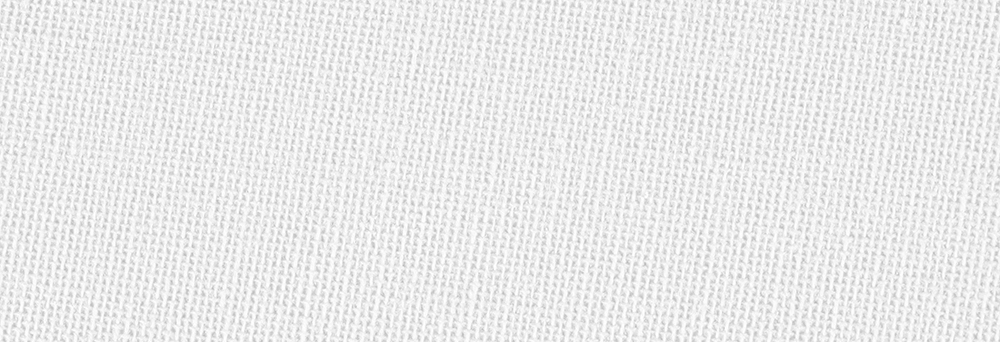
These cotton-type fabrics are strong and durable. Canvas tends to feature a plain weave or a variation of a plain weave. Usually a heavyweight, firm textile. Canvas is closely woven.
- 8.8 & 14.75oz 100% Poly Woven Canvas
- 14.16oz 100% Poly Sailor’s Woven Canvas
- 7.4oz 100% Poly Portobello Canvas
- 9.1oz Organic 100% Cotton Canvas
Chenille
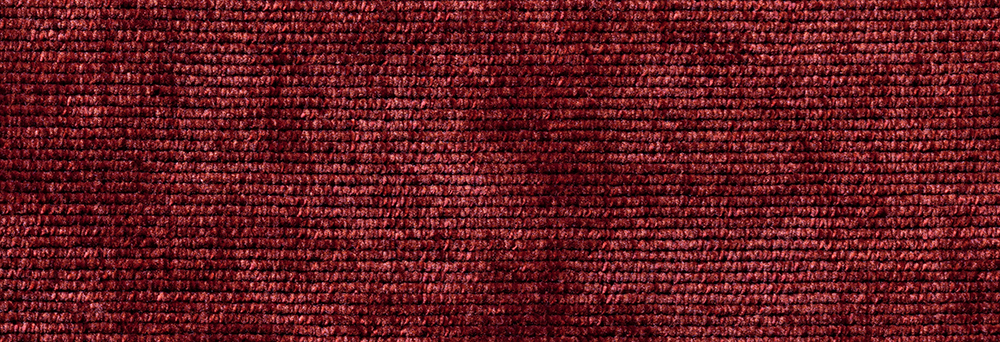
Chenille is a soft fabric. Often bulky and is made of chenille yarn. This yarn characteristically has small tufts of yarn around the central core, giving it a look similar to a caterpillar.
Chiffon
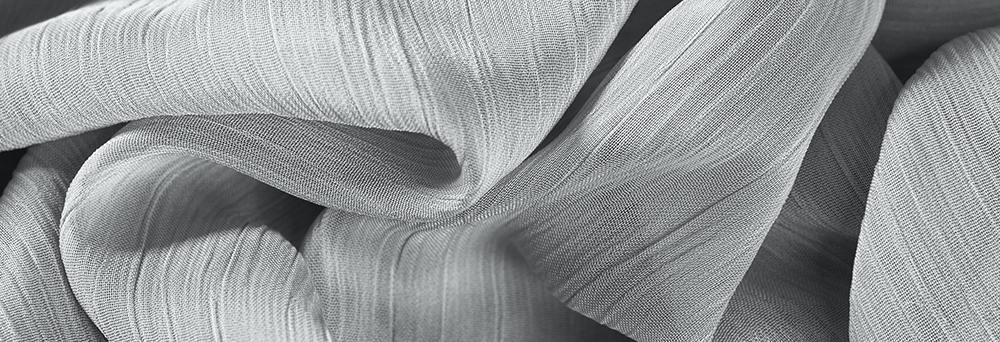
A sheer textile woven in a plain weave, Chiffon is lightweight and surprisingly strong considering its delicate nature. Chiffon frays easily, and is prone to seam slipping, but is incredibly soft.
Cotton
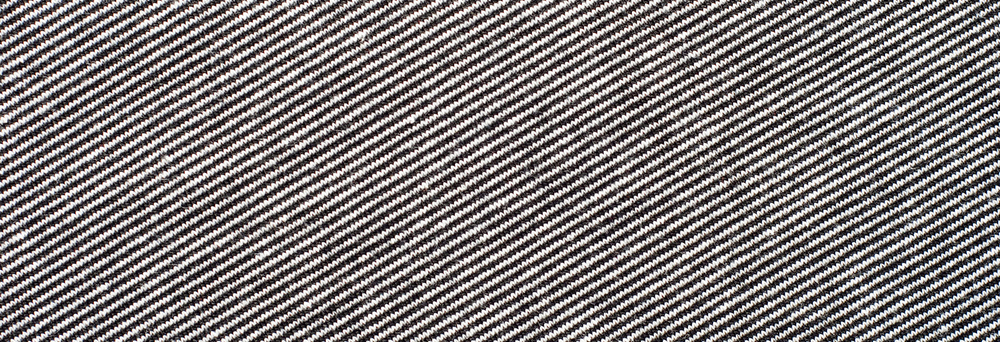
Cotton is a general term. We use it for fabrics woven with cotton fibers or yarns. Blends and alternatives for cotton are becoming very commonplace. Cotton is used to make a variety of fabric types.
Crepe
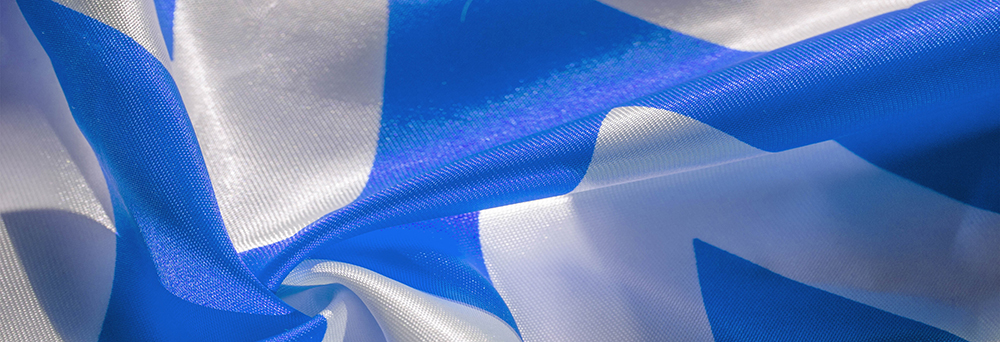
A fabric with a typically ‘crinkled’ surface. This effect is obtained using both knitted and woven fabrics. Crepe is typically springy and prone to fraying, especially when woven.
- 4.42oz 100% Poly Fashion Crepe
- 4.42oz 100% Poly Butterfly Smooth Crepe
- 2.5oz 100% Poly Crepe de Chine
- 5.6 oz 95% Poly 5% Elastane Crepe Jersey
- 1.77oz Pure Silk Crepe de Chine
Denim
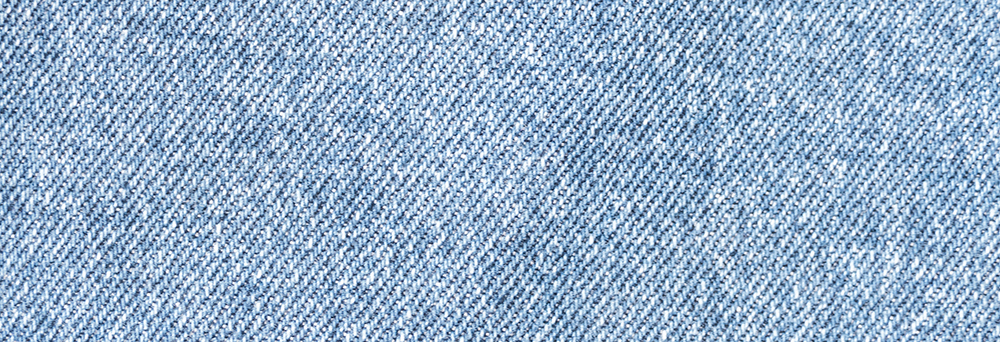
Denim is a strong woven fabric typically made with a warp-faced drill weave. Traditionally made from cotton, it has great washability but will often naturally fade over time.
Elastane
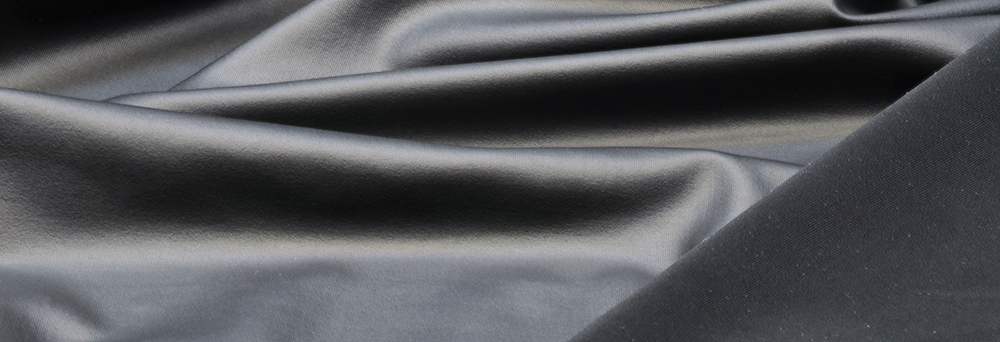
This is a generalized term for fabrics that incorporate elastane fibers, which are almost rubber-like. Elastane has exceptional stretch and amazing recovery.
- 6.2oz 82% Poly 18% Elastane Slinky Matt Lycra
- 7.4oz 90% Poly 10% Elastane Matte Lyrca
- 4.7oz 85% Poly 15% Elastane Lycra Soft Sheen
Felt
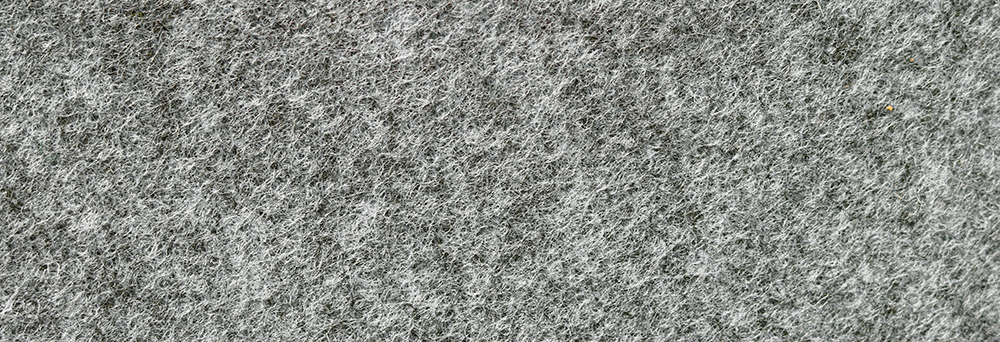
Felt is neither woven nor knitted but is rather a web of entangled fibers. Felting is one of the oldest and most inexpensive methods of making a fabric. It is made from any fibre, however, wool is the most popular.
Fleece
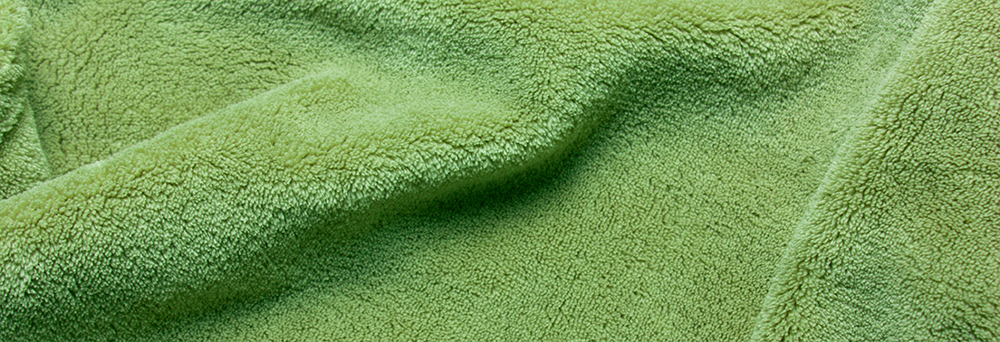
Characteristically soft and warm with great insulating properties. We originally created fleece fabric as an imitation of animal fleeces. Among the most popular type of fleece is Polar Fleece which is a plush, napped fabric.
Georgette
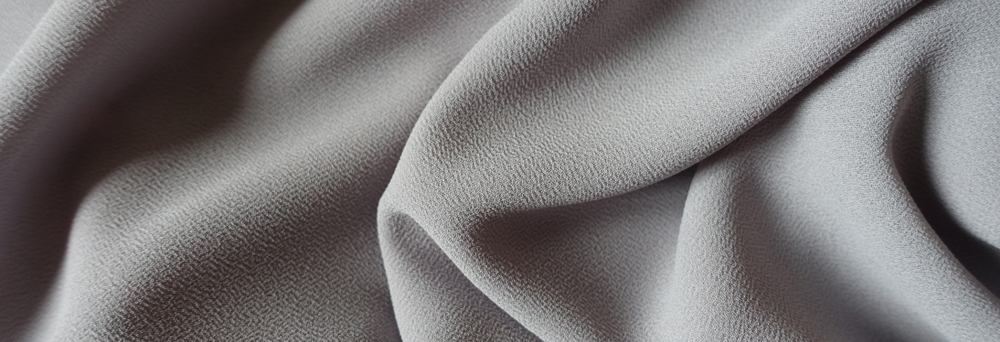
Georgette is a fine, lightweight, woven fabric. It’s a crisp, grainy crepe fabric that tends to have a dull surface texture. It doesn’t crease easily, in fact, poly Georgette barely creases at all but it does fray easily. Georgette has a springy handle.
Herringbone
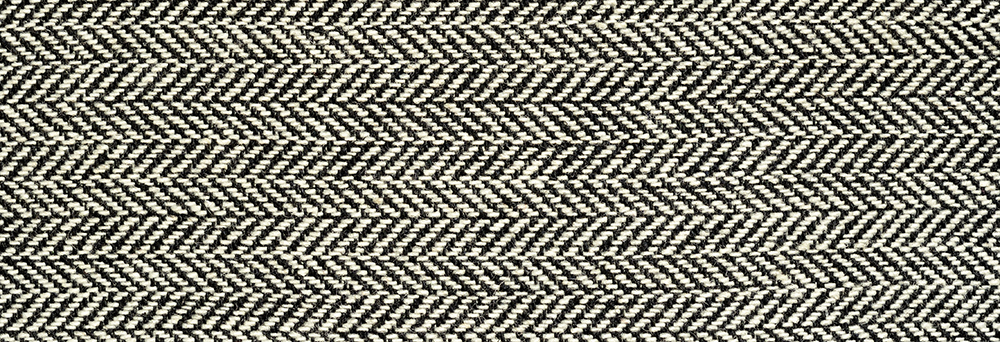
This is a generalized term for fabrics that we weave with a ‘herringbone’ texture. Herringbone is a reversed broken twill. Herringbone gets its name from the fact that visually the pattern looks like the backbone of a herring. We also sometimes call it feather or arrowhead twill.
Imitation
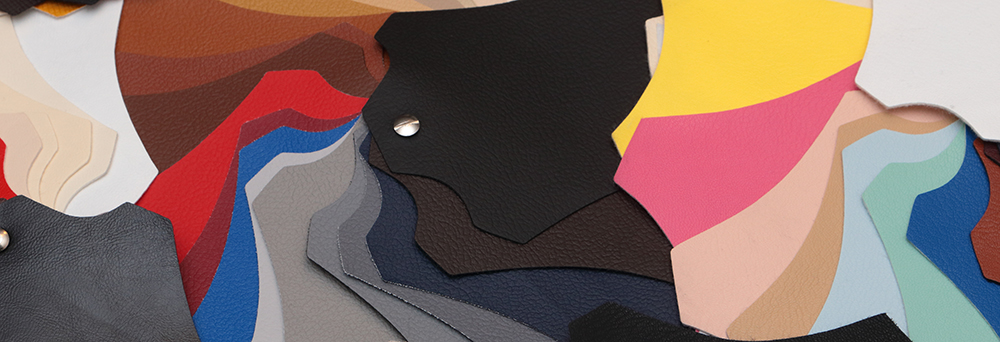
Imitation fabric is one which is imitates something else. The most common of these fabrics is faux leather. Other examples include silk, fur, suede, and many other fabrics, the majority derived from animals or animal byproducts.
- 20.65oz 100% Poly Fire-rated Warm Leatherette (100% PVC Backing)
- 17.7oz 90% PVC 5% Poly 5% Cotton Fire-rated Furnishing Leatherette
- 1.2oz 100% Poly Silk Impression
Jersey
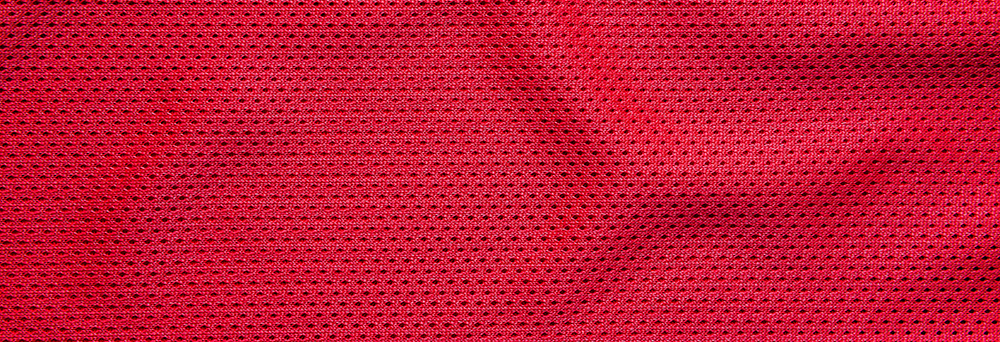
Jersey is another generic term applied to all types of weft-knitted fabric, whether it has been knitted by hand or using machines. The name comes from the Channel Island where the fabric originated. Jersey fabrics were originally used to makes sweatshirts or jumpers for fishermen.
- 4.13oz 100% Poly Slub Jersey
- 7.52oz 93% Quilted Jersey
- 7.25oz 97% Poly 3% Elastane Chain Jersey
- 10.32oz 100% Poly Softshell Jersey
- 6.34 95% Poly 5% Elastane Solange Silky Jersey
- 7.37 100% Poly Loopback Sweat Jersey
- 7.7oz 100% Poly Heavy Brushed Jersey
- 7.67 97% Poly 3% Elastane Ponte Jersey
- 7.37 96% Poly 4% Elastane Rox Sports Jersey
- 5.9oz 96% Poly 4% Elastane Soft Fashion Jersey
Knitted Fabrics
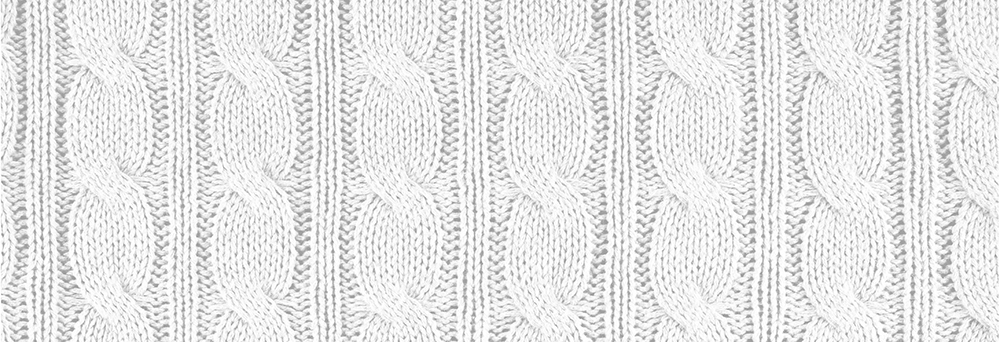
Knitted fabrics are those where the yarn is formed using interconnecting loops. These textiles are separated into two generic groups: warp-knitted and weft-knitted fabrics. Warp-knitted fabrics tend to be created on a machine. Whereas weft-knitted fabrics are made either by hand, with needles, or using a machine.
Lace
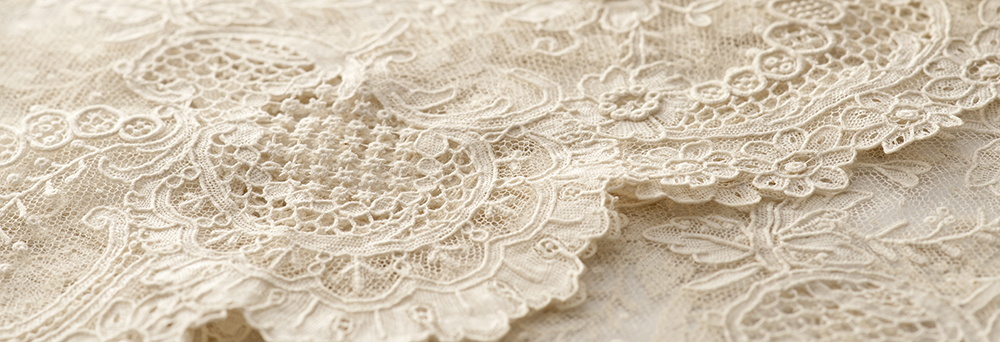
Lace is fine and delicate. It is an openwork or mesh fabric that is usually transparent or semi-transparent. We create it by looping, twisting, or knotting fine yarns together typically giving an intricate or elaborate pattern.
Lawn
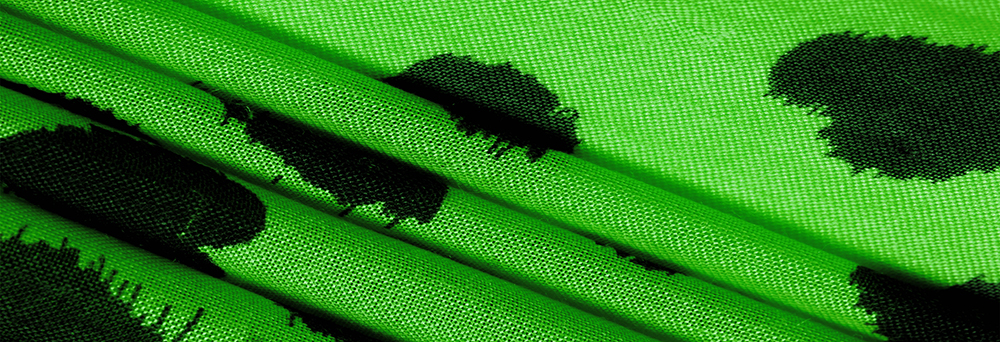
A lightweight fabric that is opaque and woven in plain weave. Made with cotton or linen yarns, it is both absorbent and hardwearing. Tightly woven in its construction, Lawn has great drape and washability but is prone to creasing.
Leather
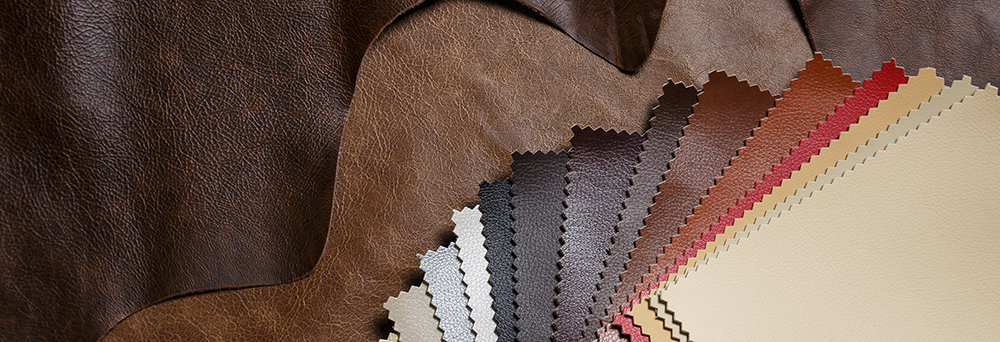
The natural skin or hide of an animal. We often think of cows when we think of leather, but it’s often made from a variety of other animals too. To make leather, we remove the hair and tan the skin (a process that preserves and softens). Characteristically tough and hardwearing, leather can be embossed, dyed or coated.
- 100% Bovine 0.7-0.9mm Smooth Nappa Leather
- 100% Bovine 0.7-0.9mm Textured Nappa Leather
- 100% Bovine 0.76-1.5mm Bubble Nappa Leather
- 100% Bovine 2.4-2.6mm Double Butt Leather
- 100% Bovine 1.3-1.5mm Fine French Calf Leather
Linen
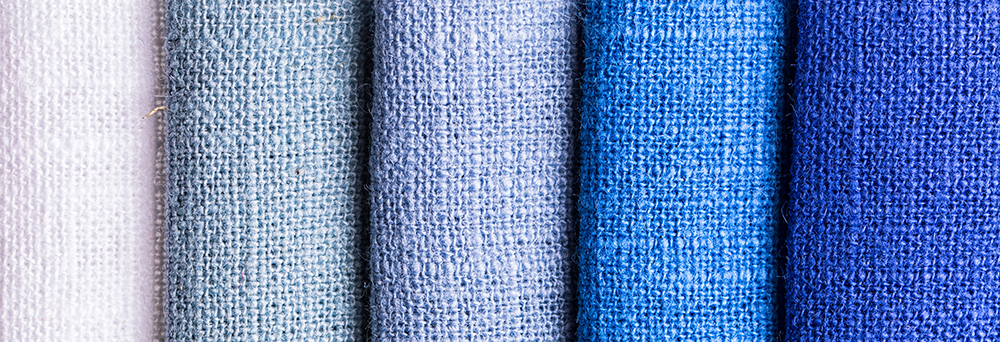
A blanket term for fabrics that have been made using flax yarns or fibers. Linen fabric is a term that is also made from flax blended with other fibers, giving either a linen blend or linen look textile.
Mesh
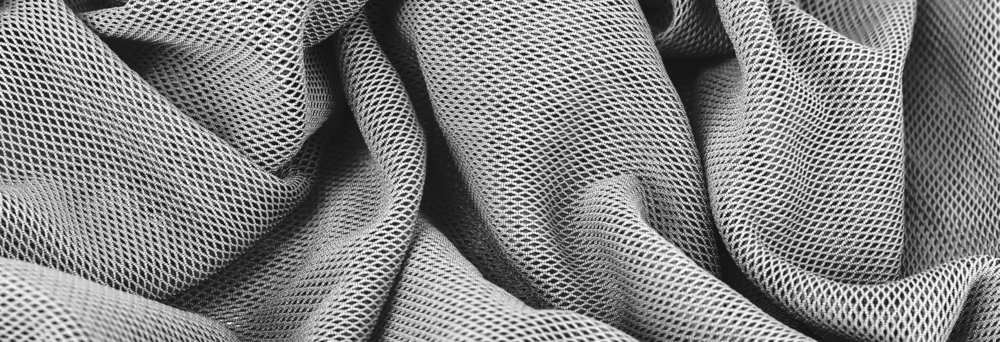
A very generalized term, mesh refers to a wide range of fabrics. These are woven, knitted or even lace. They are constructed to have an open mesh structure which is apparent in holes or spaces that are between the yarns which allows air to pass through the material.
- 4.28oz 100% Poly Airflow Sports Light
- 5.3oz 100% Poly Olympic Sports Jersey
- 5.46oz 95% Poly 5% Elastane Loose Knit Jersey
Microfiber
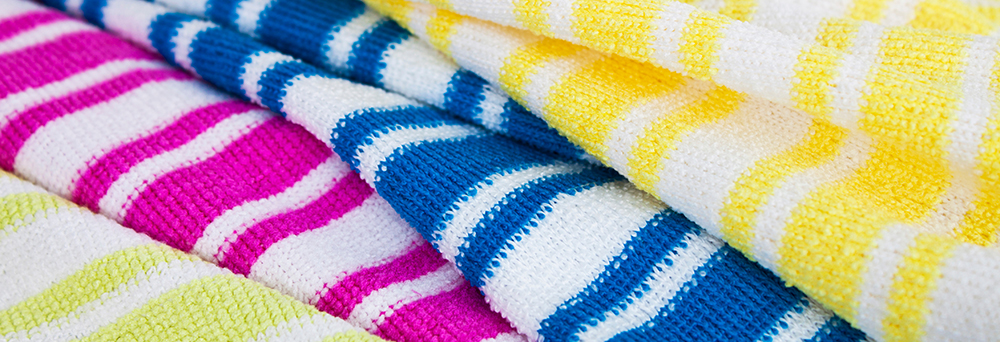
A general term we use for fabric that is made from microfibers. These are small, man-made fibers that have an extremely low density. Due to these fibers being so fine, the fabric which is produced is characteristically remarkably strong whilst being incredibly lightweight.
Muslin
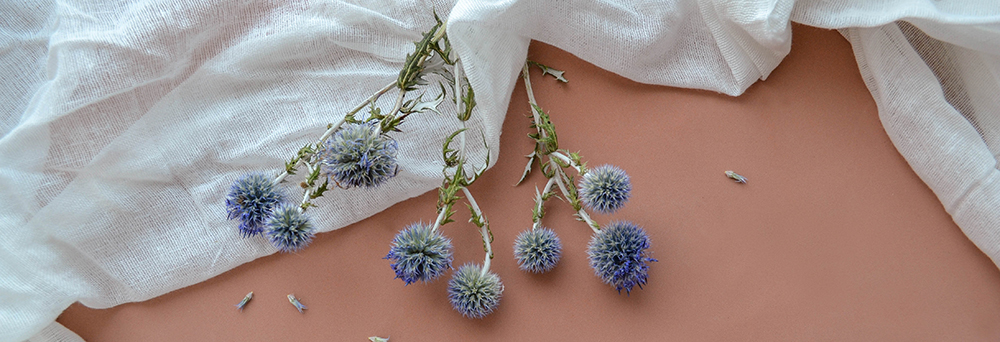
A lightweight fabric that is soft and fine. Constructed in an open-sett plain weave, muslin is usually woven as grey cloth, and then later bleached or dyed. Muslin fabric rarely weighs more than 2 ounces, and was originally made from cotton.
Neoprene
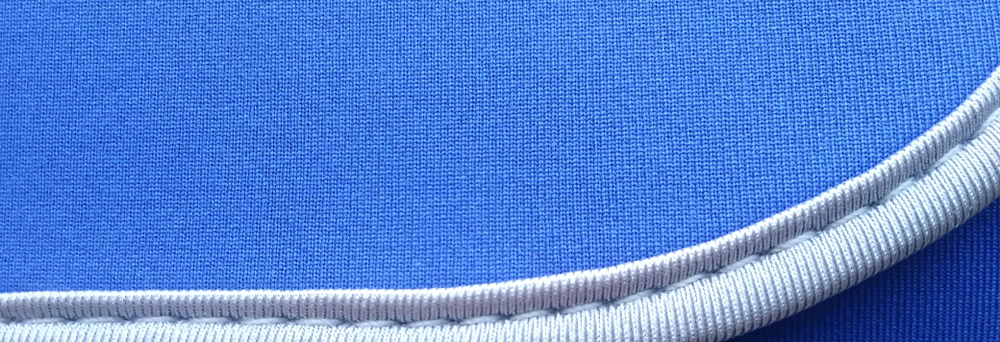
A synthetic rubber-like material. We know this well for its protective qualities as well as insulating properties. Neoprene tends to have good elasticity, is waterproof, buoyant, and resistant to many chemicals and oil.
Non-Woven Fabric
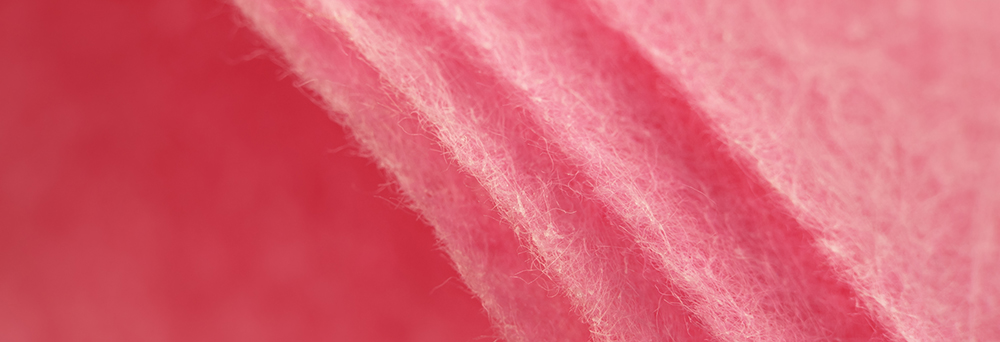
We form non-woven fabric from the fiber, rather than weaving or knitting. As mentioned above, felt is a non-woven fabric as are imitation suede fabrics and wadding. There are many ways that you can create a non-woven fabric, including needling, fluid jet entanglement, adhesive bonding, thermal bonding, chemical bonding, thermal bonding, and stitch bonding.
Oilcloth
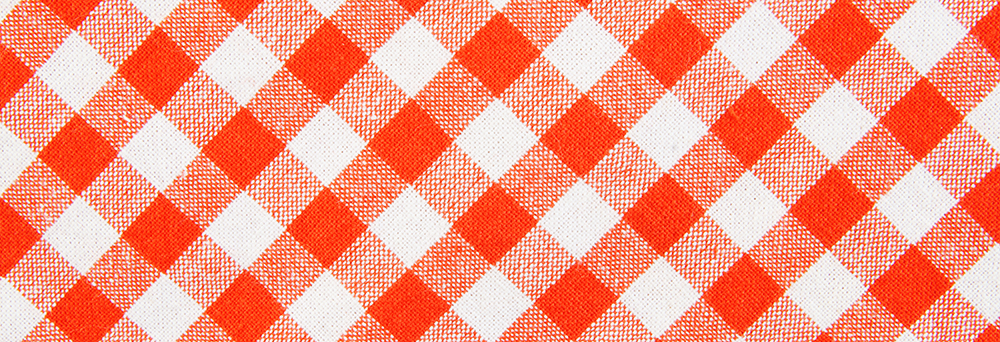
Traditionally a plain-woven cotton textile. We coat oilcloth on one side with a drying oil which makes it water-resistant. Oilcloth was one of the first waterproof fabrics. We used it widely before modern laminated alternatives became more commonplace.
Organza
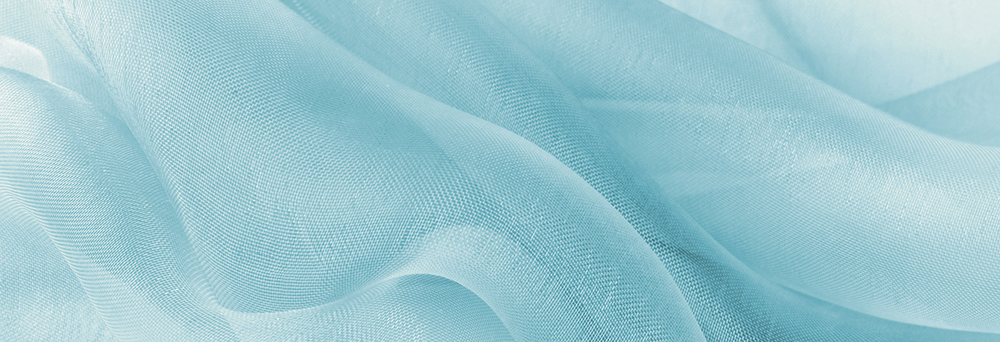
A fine fabric which we weave in an open-sett plain weave with high-twist yarns. We make Organza either from silk or man-made fibres and it’s characteristically stiff and sheer with a pearl-like sheen.
Panama

We weave Panama fabrics in a hopsack weave structure. These fabrics tend to have different weights and qualities and can be anything from canvas to shirting fabric. We often use Panama canvas as an embroidery fabric base.
Peach Skin
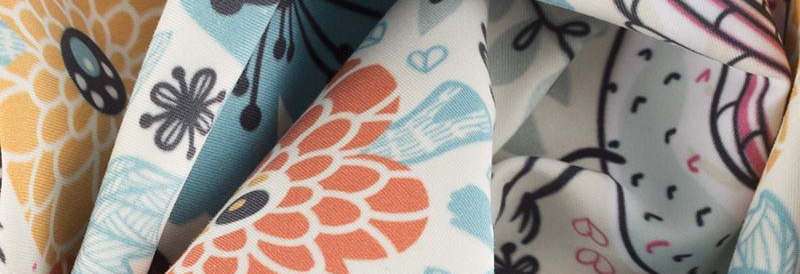
We weave the majority of peach skin fabrics finely and give them a special treatment which produces a characteristically soft handle. Made from a variety of synthetic or natural fibres. We usually use either a plain-weave or twill-weave. We then use emery covered rollers 8to create a suede-like or peach-skin finish.
Poplin
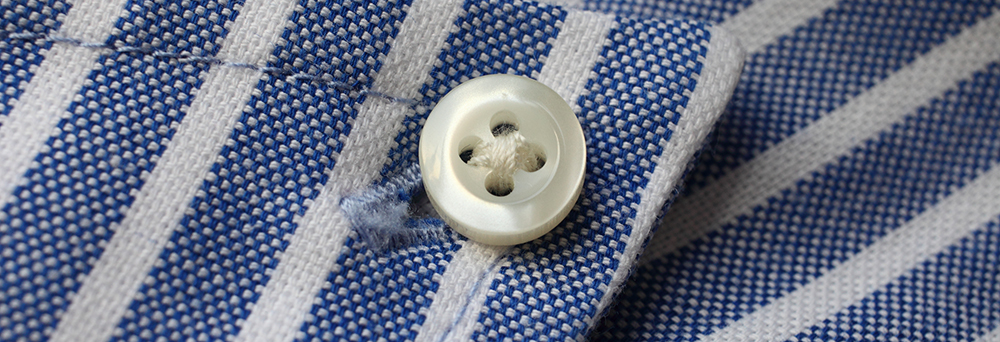
Poplin is a very closely woven fabric. It has very fine warp-faced ribs which run in the direction of the weft, caused by the use of around twice as many warp-ends as weft-picks. Incredibly hardwearing, this fabric is prone to creasing and is also susceptible to seam puckering as it has a dense construction.
Power Net
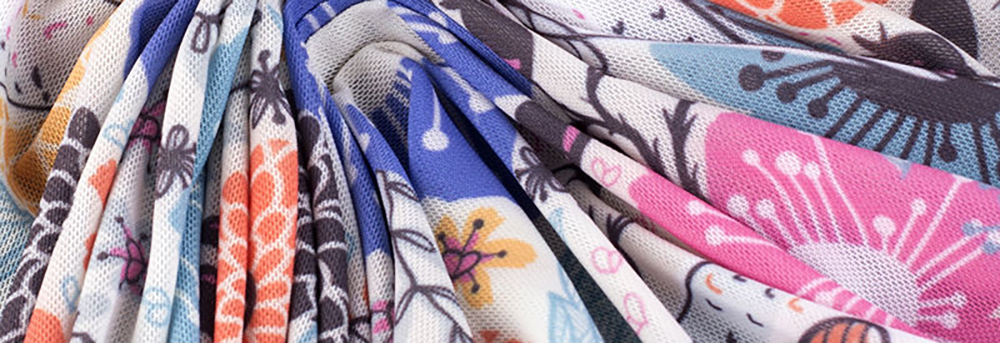
A classic control fabric, Powernet contains enough elastane to make it ideal for body-support clothing due to the high stretch and recovery. A warp-knitted, stretch net textile. We typically use Powernet in heavier weights for foundation wear and control garments, or in more lightweight sheer versions for lingerie.
Quilted Fabric
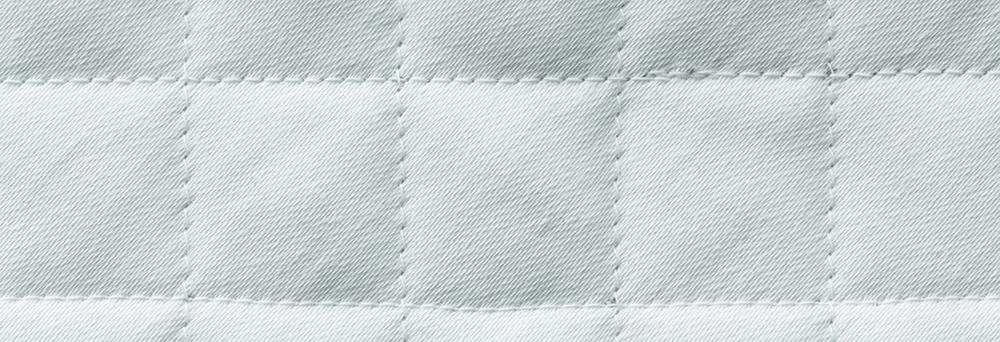
This is a multi-part fabric. Composed of an outer layer or face fabric with a layer of wadding and sometimes a backing fabric too. We most commonly hold these two or three-layer textiles with stitching. You can also fuse it together using either heat or chemicals.
Ripstop
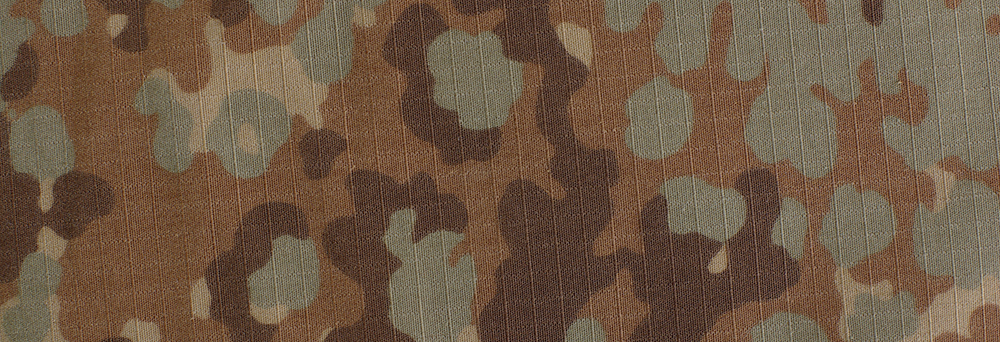
Ripstop fabric is a textile that incorporates reinforcement yarn. We call this a ripstop yarn and it is literally there to stop ripping. We weave these yarns into the material at regular intervals to increase the resistance of the fabric to stop tearing.
Satin
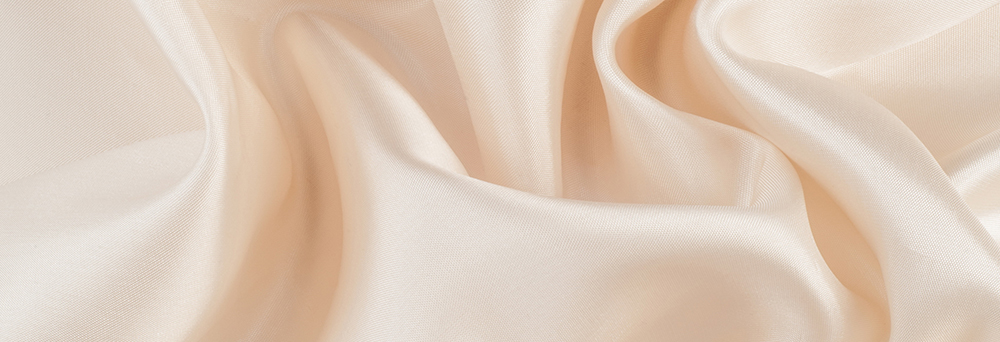
Satin fabrics are ones that we weave using a satin weave. This weave is one of the four rudimentary woven fabric structures. An entirely warp-faced weave structure. The face and reverse of a satin weave fabric are completely opposite to one another.
- 2.51oz 100% Pure Silk Satin
- 3.54oz 100% Poly Lucent Satin
- 4.72oz 100% Poly Monroe Satin
- 5.9oz 100% Poly Duchess Satin
- 3.24oz 100% Poly Velvet Fever Poly Satin
- 2.51oz 100% Poly Lustrous Seduction Poly Satin
Scuba

Scuba is the fashion alternative of Neoprene. A double knit material, scuba is normally synthetic. We make it from a blend of poly and elastane fibers.
Silk

We use this as a generalized term for fabrics that are made using silk yarns. Known for their delicate nature and high-luster attraction, silk fibers are the only natural fibers that are continuous filament fibers. Silk is an animal fiber, spun by silkworm larvae for use in the construction of their cocoons.
Taffeta
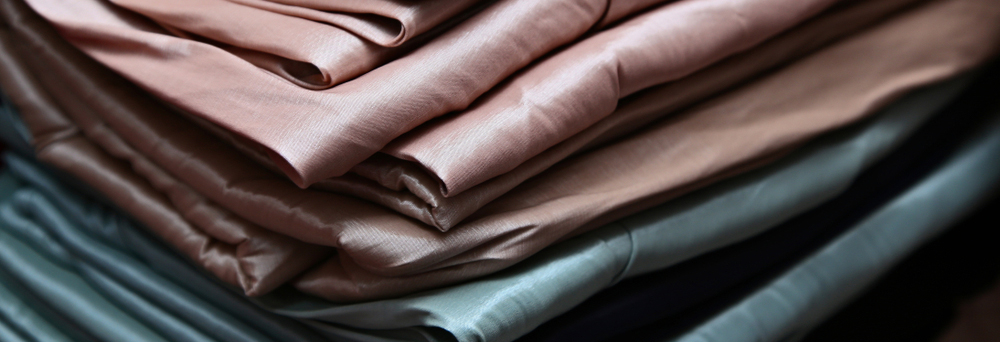
A crisp and lustrous fabric that is woven with warp-faced ribs running in the weft direction. Taffeta has a paper-like quality to it and drapes well in general, however, it is prone to creasing and fraying.
Twill
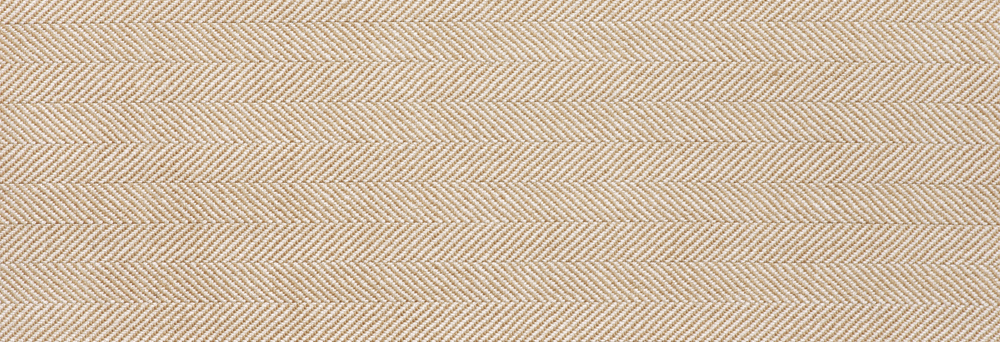
Twill fabrics are those woven in a twill weave construction. This weave characteristically produces diagonal lines on the face of the fabric. Using twill weave we can make a heavier fabric than we would with a plain weave. This makes a more hardwearing textile and we often use it for fabrics such as drill and denim.
- 5.9oz 100% Poly Twill
- 7.1oz 84% Cotton 16% Poly Lima Cotton Twill
- 8.55oz 100% Poly Archway Brushed Twill
- 8.1oz 100% Poly Trafalgar Twill
- 6.28oz 100% Cotton Twill
UV

UV fabrics protect against ultraviolet rays. We achieve this protection in a number of ways. We use UV absorbing dyes, UV absorbers, or special finishes. Wool absorbs almost all UV rays, and cotton absorbs around 90%.
Velour
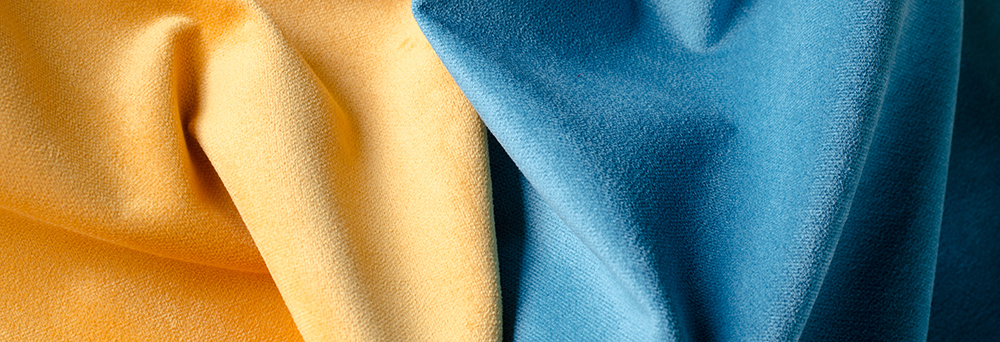
A generalized term used for pile fabric. We also use the term velour for a napped woven fabric. This was the original velour fabric. The name comes from the Latin word ‘villous’ which means hairy.
Velvet
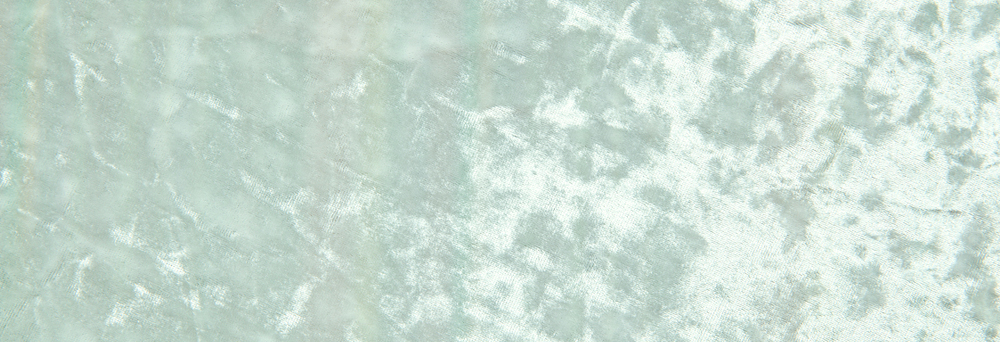
Velvet is a woven fabric with a short, cut warp pile. We make the pile yarns from an extra set of warp yarns. We firmly bind these to the structure of the base fabric, otherwise known as a ground fabric. This forms a heavy and rich texture to the face of the velvet.
- 8.26oz 100% Poly Soft Velvet
- 10.94oz 100% Poly Velvet Shimmer
- 7.37oz 100% Poly Fire-rated Plush Velvet
Voile
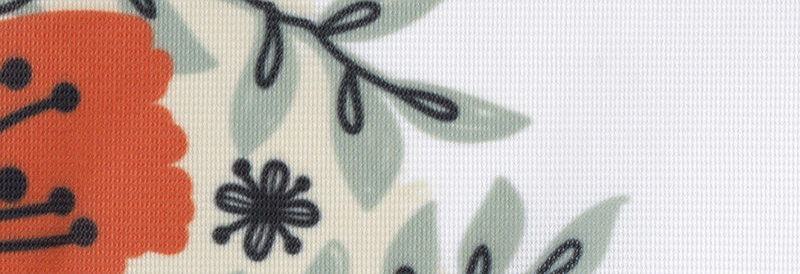
Voile is a lightweight fabric that is sheer and fine. Woven in a plain weave and made with high twist yarns of either natural or synthetic fibers, characteristically voile is a soft fabric with a crisp wiry handle.
Waterproof
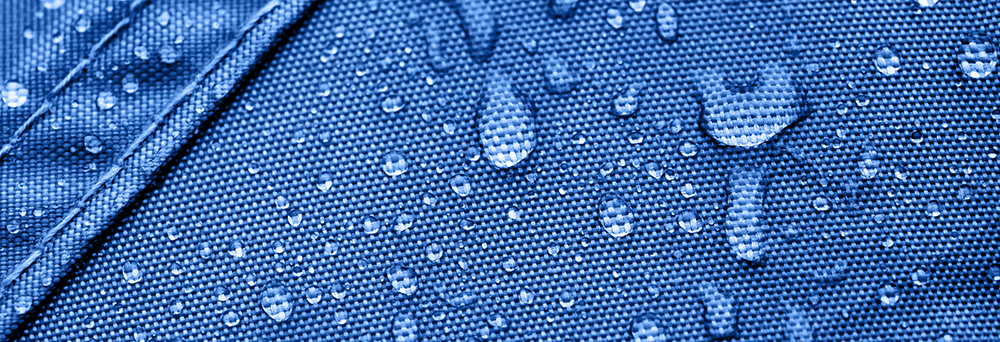
Waterproof fabrics are those which are resistant to penetration by water. Fully resistant textiles would be called waterproof whereas those which are only partially resistant would be called wither-repellant, water-resistant or shower-proof. Waterproof fabrics can be made using fibers that are naturally waterproof, adding protective coatings or finishes, laminating the material, or by using a very close weave.
- 3.54oz 100% Poly Linden Waterproof
- 2.06oz 100% Poly Ella Waterproof
- 4.57oz 100% Poly Breathable Waterproof
Woven Fabrics
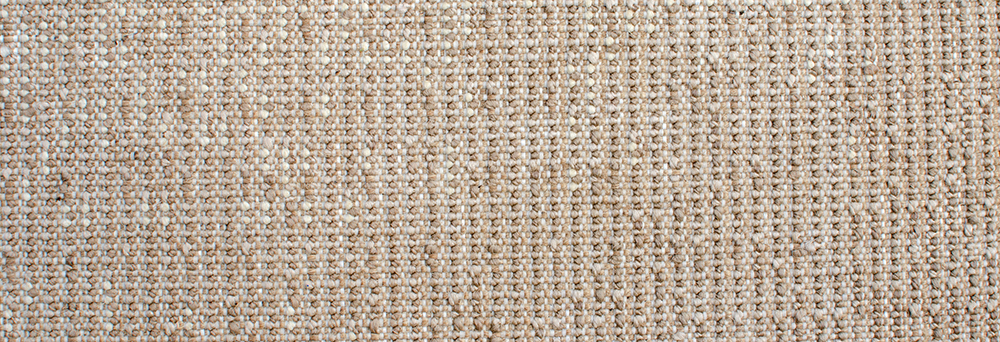
The generic term we use for fabric constructed by interweaving two sets of yarns at 90° angles to each other. Characteristically woven fabrics are strong and stable. This firm, close construction maintains the straight nature of the yarn.


